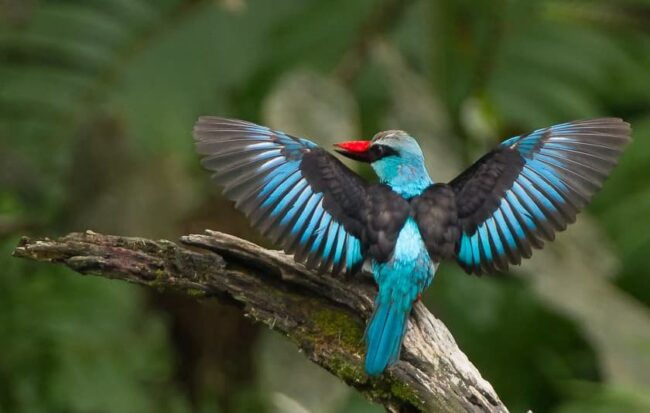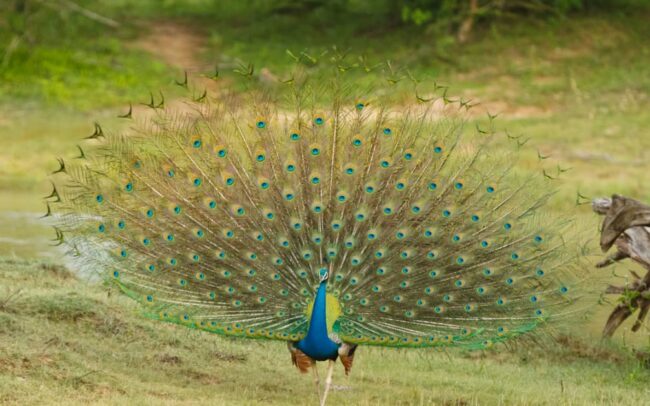The Blue-winged Kookaburra, scientifically known as Dacelo leachii, is a fascinating bird species that mesmerizes with its stunning blue wings and unmistakable laughing call. With its distinctive appearance and charismatic nature, this avian wonder has captivated bird enthusiasts and researchers worldwide. In this blog post, we will delve into the key characteristics and behaviors of the Blue-winged Kookaburra, offering a glimpse into the extraordinary world of this magnificent bird species.
The Blue-winged Marvel
The Blue-winged Kookaburra showcases a captivating combination of colors. Its plumage features a vibrant blue hue on its wings, a rich brownish-orange on its head and upper body, and white underparts. The bold blue wings create a striking contrast against the rest of its plumage, making it a true visual spectacle. The Blue-winged Kookaburra’s appearance is a sight to behold.
Habitat and Distribution
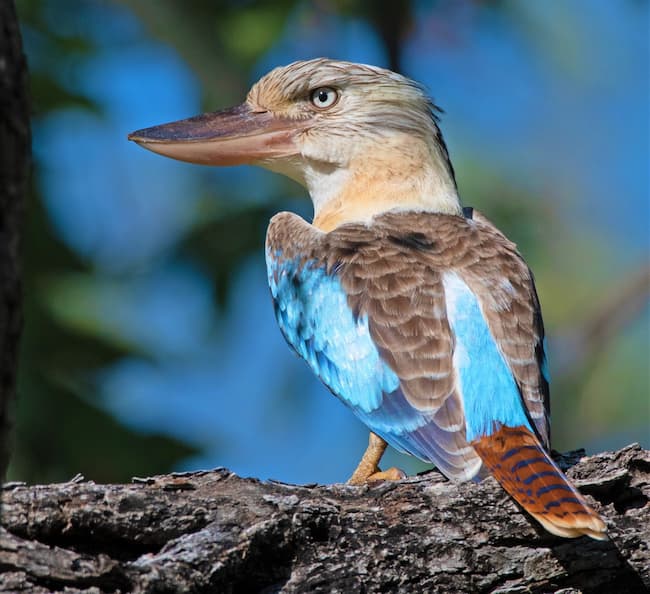
Blue-winged Kookaburras are native to northern and eastern parts of Australia, including Queensland, Northern Territory, and Western Australia. They prefer habitats such as open woodlands, eucalypt forests, and savannahs with access to water bodies. These birds are well adapted to their environment, often perching on tree branches or utility wires, scanning the surroundings for potential prey.
Diet and Feeding Behavior
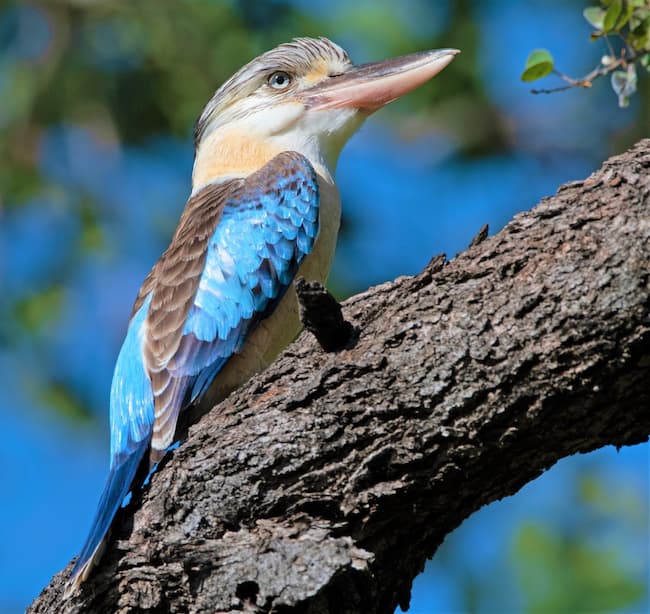
The Blue-winged Kookaburra has a carnivorous diet, feeding primarily on insects, small reptiles, and amphibians. It is known for its exceptional hunting skills, often perching on a high vantage point and swooping down to catch prey on the ground. With its strong beak, it can consume a wide variety of food items, including snakes, lizards, and even small mammals. The Blue-winged Kookaburra’s feeding behavior is a remarkable display of its predatory prowess.
Social Behavior
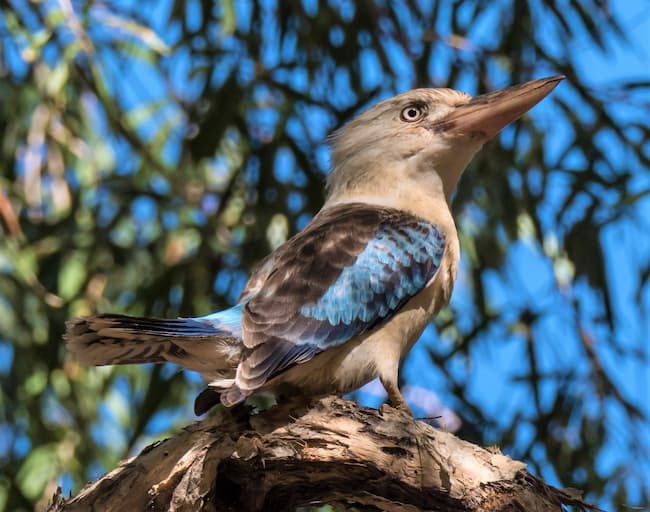
Blue-winged Kookaburras are highly social birds, often seen in family groups or small flocks. They exhibit a cooperative breeding system, with older siblings assisting in raising the younger chicks. Their characteristic laughing call, which resonates through the trees, serves multiple purposes, including territorial defense and communication within the group. The contagious laughter of the Blue-winged Kookaburra adds a touch of joy to the natural environment.
Breeding and Nesting
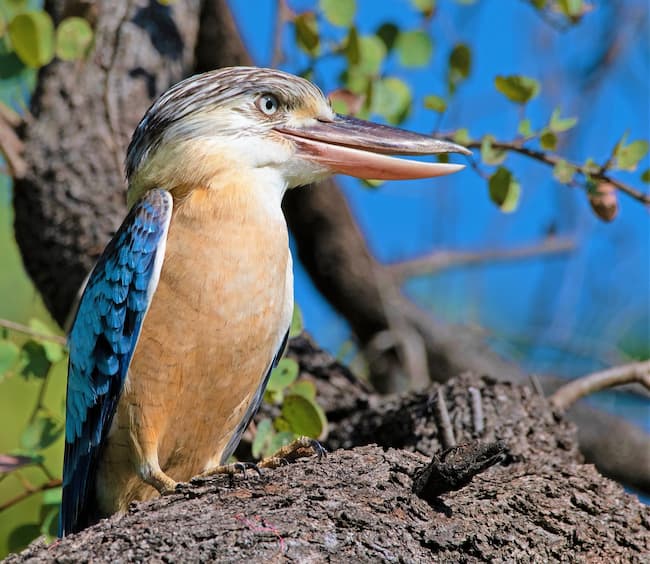
During the breeding season, Blue-winged Kookaburras form monogamous pairs. The female excavates a nest cavity in a tree trunk, usually high above the ground. Both parents take part in incubating the eggs and raising the chicks. The cooperative breeding system ensures the survival and successful upbringing of the offspring. The nesting behavior of the Blue-winged Kookaburra exemplifies their dedication to family and the importance of social structure.
Conservation Status
The Blue-winged Kookaburra is currently listed as a species of least concern on the IUCN Red List. However, like many other bird species, it faces threats from habitat loss, deforestation, and urbanization. Conservation efforts focused on preserving their natural habitats, promoting sustainable land use practices, and raising awareness about their ecological significance are vital to safeguard the future of the Blue-winged Kookaburra.
Conclusion
The Blue-winged Kookaburra, with its stunning blue wings, sociable nature, and distinctive laughter, is a true marvel of the avian world. Understanding its unique characteristics and appreciating its ecological role enhances our connection with the natural world. Let us embrace conservation efforts to protect their habitats and ensure the continued existence of this magnificent bird species.
